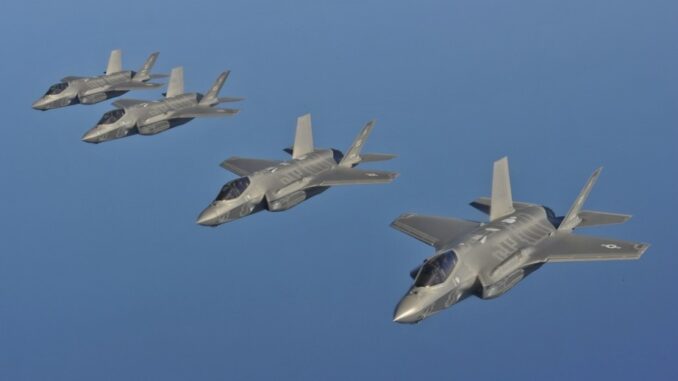
Jet fighter planes are among the most difficult and dangerous aircraft to fly. They’re designed to be highly maneuverable at the expense of stability. This requires fighter pilots in training to already be highly experienced at the controls of more forgiving planes before attempting to master a high performance warbird.
There are several ways a fighter pilot can get into lethal trouble in the cockpit. These include target fixation, task saturation, and spatial disorientation, any of which can cause the flyer to lose track of the aircraft’s position and attitude relative to the ground, resulting in a deadly accident. In these situations, the pilot is conscious but distracted. Another common cause of flight training accidents is loss of consciousness.
In the course of air-to-air combat, these birds induce high G-forces (gravity-forces) on the human body, which can cause blood to rush to the pilot’s extremeties and stay there, leaving the brain without sufficient oxygen and causing the aircrew to lose consiousness. Flight pressure suits are designed to squeeze the legs to prevent blood from pooling, and breathing technique helps pilots remain awake and alert during high-G maneuvers. Unfortunately, sometimes G-Induced Loss of Consciousness (G-LOC) occurs anyway, especially during training of novice pilots. Many pilots have been killed in such accidents. According to an Air Force flight instructor who nearly lost one of his student pilots to G-LOC, “[combat is deadly, but] most F-16 pilots over the years die in training accidents”. That number is a shocking 75%, according to Air Force statistics.
In 1997, NASA began working on a system that could prevent loss of life due to G-LOC, target fixation, task saturation, spatial disorientation, or any other situation where the aircraft was on an imminent collision course with the ground. NASA added Lockheed Martin and the Air Force Research Laboratory to the team, and the project became known as the Automatic Ground Collision Avoidance System (Auto-GCAS). When the system detects a flight tractory which will end in a crash, it takes control and recovers the aircraft to safe and level flight.
The first Auto-GCAS was installed in an USAF F-16 in late 2014. By May 2016, the system was already credited with saving the lives of four pilots. [The most recent numbers I found stated that Auto-GCAS was confirmed as having saved the lives of ten pilots and prevented the loss of nine aircraft – one of which was a two-seat trainer version of the F-16. Those numbers may be higher than that now.] Eventually, all F-16s will have Auto-GCAS. Lockheed Martin began integrating Auto-GCAS into the F-35 Lightning II in 2019. Ultimately, the Air Force wants Auto-GCAS in all of its planes.
“F-16 Nose Dive – Pilot Passes Out – HUD Camera” (4:58):
Question Of The Night: Have you ever daydreamed about being a fighter pilot? If not, what have you dreamed about being?
